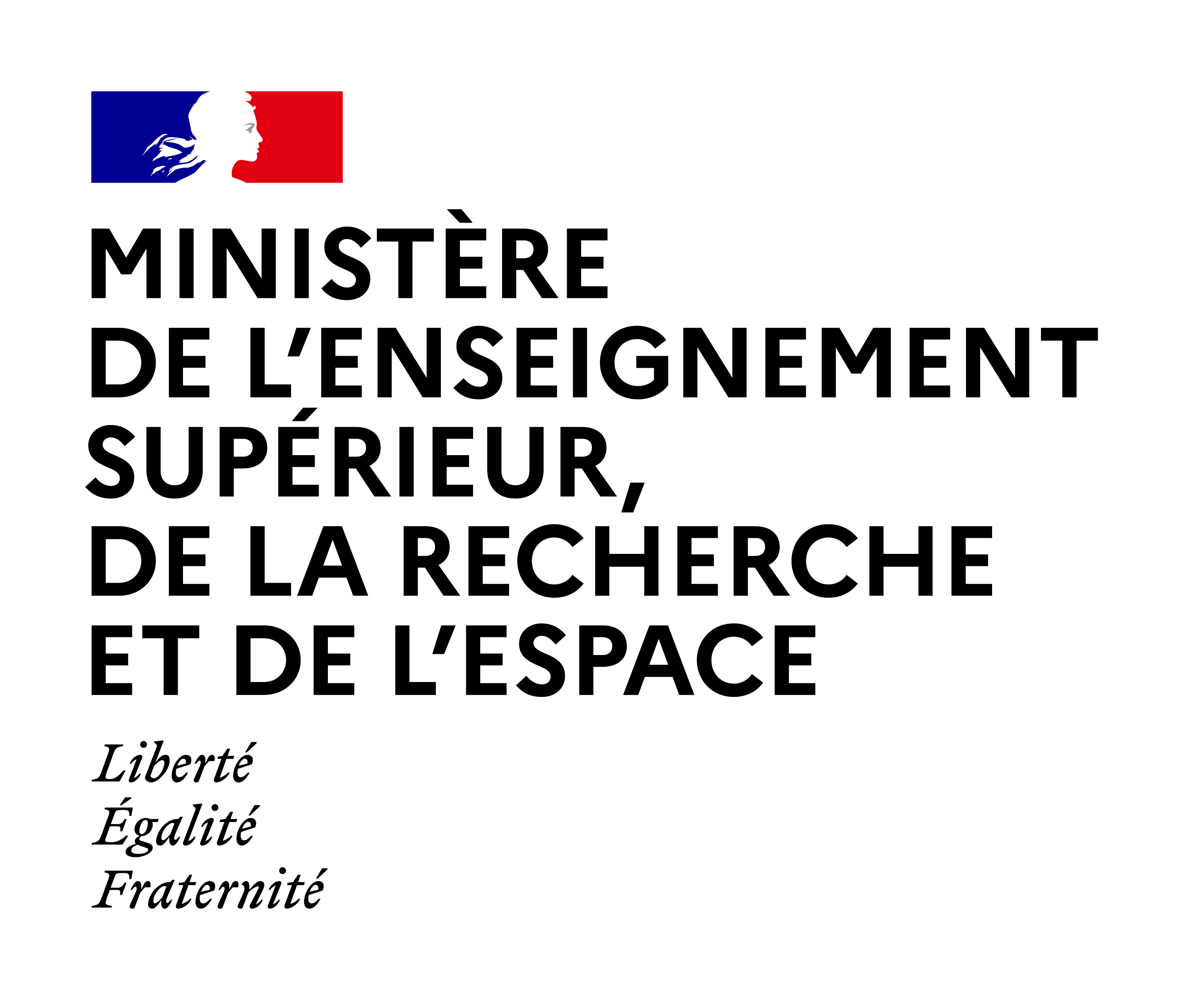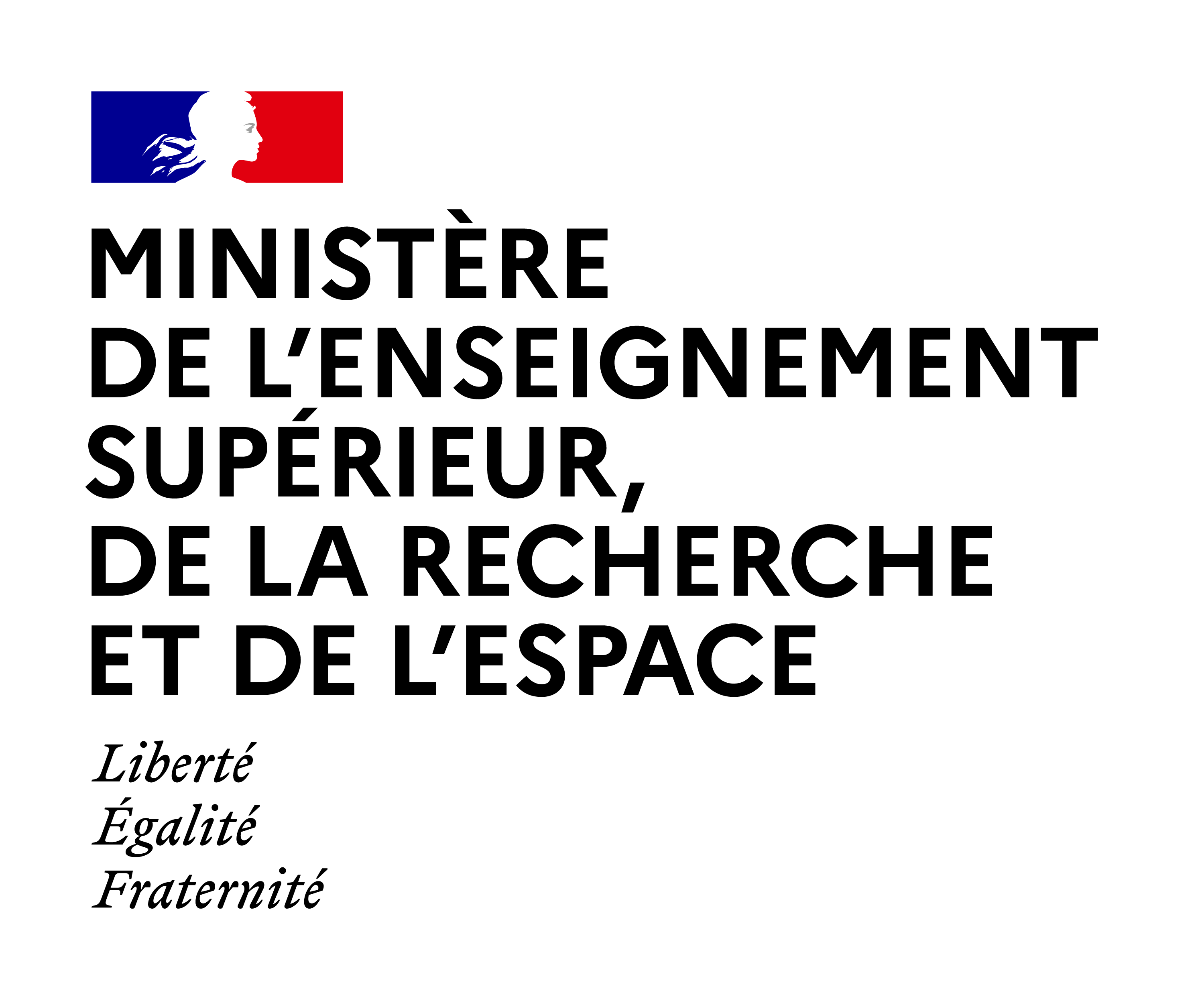
Sommaire
From sensation seeking to performance seeking : the case of sport climbing
Date de création :
07.04.2011Auteur(s) :
Xavier SANCHEZPrésentation
Informations pratiques
Droits réservés à l'éditeur et aux auteurs. Creative Commons (BY NC)
Description de la ressource
Résumé
Journées Nationales d’Etudes de la Société Française de Psychologie du Sport Psychologie des activités corporelles et de la performance sportive : regards croisés The sport of climbing, commonly known as rock climbing, is a non-traditional high-risk recreational activity conventionally classified as an ‘extreme sport’. A popular ‘less extreme’ form of rock climbing is sport climbing, where events are held at purpose-built indoor climbing walls to facilitate competition. In February 2010, the International Olympic Committee granted to the International Federation of Sport Climbing the official recognition of sport climbing. The present keynote provides an insight into the psychological parameters involved in the sport of climbing and the aetiology of successful sport climbing performance (Sanchez & Torregrosa, 2005). Sport climbing has emerged as a competitive pursuit since its first 1989 World Cup event. This has triggered research interest regarding ideal training regimes and optimal physical performance. Most studies have focused on physiological, kin/anthropometrical and fitness-related characteristics. Psychology-based research, in contrast, has rarely recruited elite/experienced climbers, often modified sport climbing rules, and hardly considered the competition setting. With few exceptions, ecologically valid information is lacking to fully understand the psychological dynamics of sport climbing performance. Thus, the relationship between climbers’ abilities and performance outcomes remains partially unknown, which prevents the development of comprehensive training programmes that assist practitioners in the delivery of scientific support. The main body of this address discusses findings from sport climbing research developed within the last years, which include: (1) the role of individual differences such as sensation seeking and risk taking, and risk perception and exposure (Llewellyn & Sanchez, 2008; Llewellyn et al., 2008; Martha et al., 2009); (2) the use of psychological methods such as imagery and video-modelling (Sanchez & Dauby, 2009) and that of route previewing – pre-ascent climbing route observation (Sanchez et al., 2011; Sanchez et al., submitted); and (3) the relationship between psychological states and performance in official sport climbing competition (Sanchez et al., 2010). The final part of this address provides delegates with an opportunity to debate best practices one can embrace to bridge the gap between research and practice, whether in sport climbing or in sport performance and psychology more generally. We argue that usually researchers conduct studies within given subject disciplines and, as a result, miss opportunities to comprehensively understand the dynamics of sport. We believe that greater depth of understanding may be gained through the adoption of a more multidisciplinary approach so practitioners can successfully apply research findings in the arena. Examples of such multidisciplinary research being suggested are provided to facilitate discussion in the closing of this keynote (España-Romero et al., submitted, in prep.; Ostrowski et al., 2011; Sanchez et al., in prep.; Watts et al., 2011).
"Domaine(s)" et indice(s) Dewey
- Psychologie appliquée (158)
- Condition physique. Sport, relaxation, sommeil (613.7)
Domaine(s)
- 158
- Santé et médical
Intervenants, édition et diffusion
Intervenants
Édition
- DCAM - Département Conception et Assistance Multimédia - Université Bordeaux Segalen
Diffusion
Document(s) annexe(s)
- Cette ressource fait partie de
Fiche technique
- LOMv1.0
- LOMFRv1.0
- Voir la fiche XML




